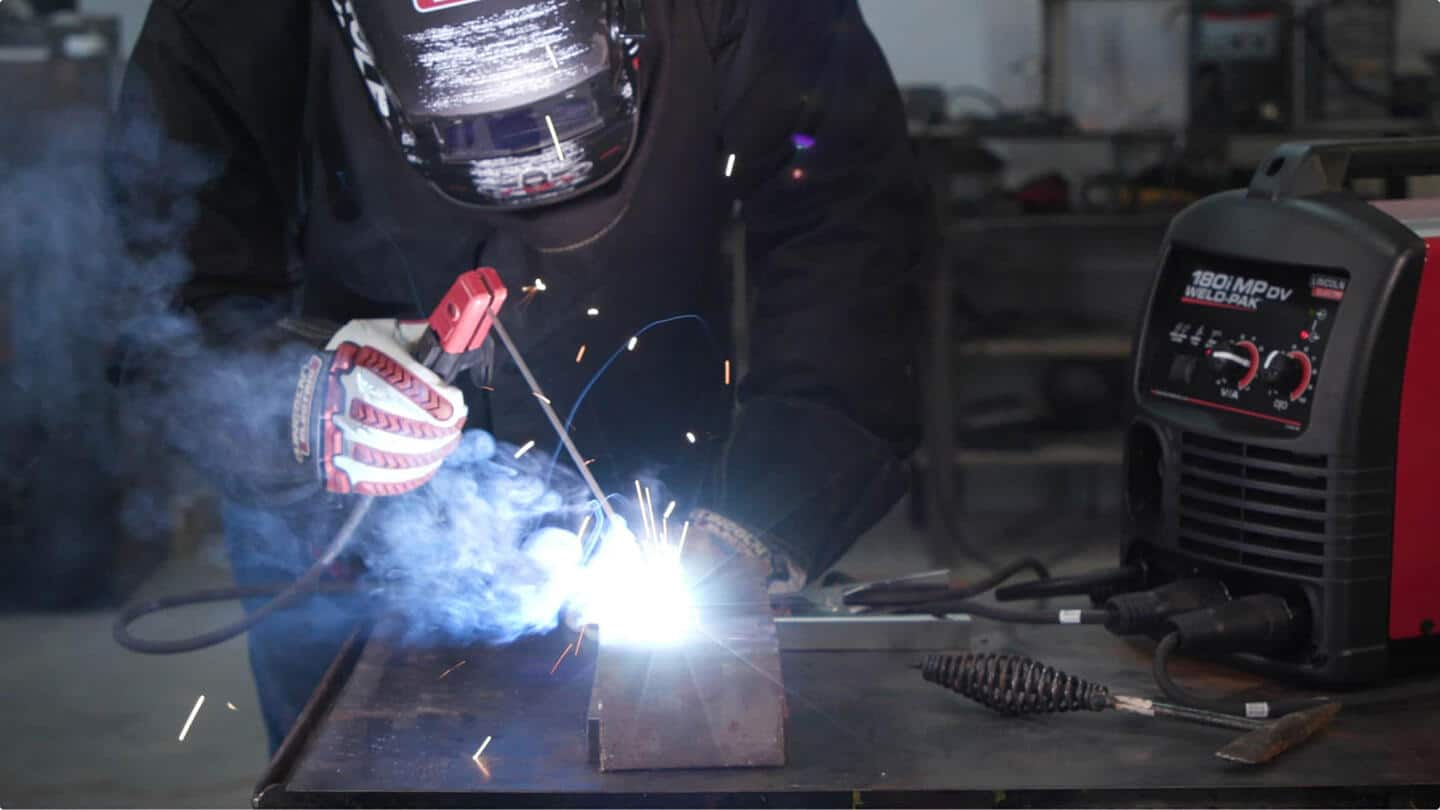Creating a Welding WPS: Step-by-Step Recommendations for Professionals
Creating a Welding WPS: Step-by-Step Recommendations for Professionals
Blog Article
Getting Welding Excellence: Revealing the Secrets of WPS Implementation and Optimization
In the world of welding, attaining quality is a search that hinges on the thorough implementation and optimization of Welding Procedure Specs (WPS) By diving right into the vital components, strategies, difficulties, and finest methods connected with WPS, a world of welding quality awaits those that are willing to explore its depths.
Significance of WPS in Welding
The Relevance of Welding Treatment Specifications (WPS) in the welding industry can not be overstated, acting as the backbone for guaranteeing consistency, high quality, and security in welding operations. A WPS supplies in-depth directions on exactly how welding is to be performed, consisting of necessary variables such as products, welding processes, joint layout, filler steels, interpass and preheat temperature levels, welding currents, voltages, traveling rates, and a lot more. By sticking to a distinct WPS, welders can preserve uniformity in their work, leading to regular weld top quality throughout various jobs.

Key Components of WPS
Discussing the important parts of a welding procedure requirements (WPS) is necessary for understanding its duty in welding procedures. An extensive WPS consists of numerous essential aspects that direct welders in attaining quality and uniformity in their job. One crucial aspect of a WPS is the welding procedure specification, which details the details welding processes to be used, such as gas tungsten arc welding (GTAW) or protected steel arc welding (SMAW) In addition, the WPS includes details on the welding products, such as the kind and specifications of the base metal and filler metal to be made use of. The WPS likewise defines essential variables like welding parameters, preheat and interpass temperature level demands, and post-weld warmth therapy procedures. Furthermore, it includes information on joint design, fit-up, and any kind of special methods or safety measures needed for the welding procedure. By including these crucial elements into the WPS, welding procedures can be standardized, ensuring quality, efficiency, and safety in welding operations.
Methods for WPS Optimization

Secondly, training and certification of welding workers according to the details requirements of the WPS is vital. Giving comprehensive training programs and guaranteeing that welders are accredited to implement treatments outlined in the WPS can lead to higher high quality welds and lowered rework.
In addition, leveraging technology such as welding software application and tracking systems can help in enhancing WPS. These devices can aid in tracking variables, ensuring parameters are within specified limits, and offering real-time feedback to welders, enabling them to make immediate adjustments for improved weld quality.
Common Difficulties and Solutions
Facing obstacles in implementing the approaches for WPS optimization can prevent welding operations' efficiency and quality. One usual difficulty is insufficient training or understanding of the welding procedure requirements (WPS) among the welding team.
An additional obstacle is the lack of proper documentation and record-keeping, which is vital for WPS optimization. Without clear documents of welding parameters, products made use of, and examination results, it becomes tough to identify locations for enhancement and guarantee uniformity in welding processes. Implementing a durable documentation system, such as electronic welding management software program, can assist streamline record-keeping and promote data evaluation for continuous renovation.
Additionally, irregular welding equipment calibration and upkeep can position a substantial challenge to WPS optimization. Normal equipment checks, calibration, and upkeep schedules must be followed strictly to make certain that welding specifications are precisely managed and kept within the specified resistances (welding WPS). By dealing with these usual this contact form obstacles with proactive options, welding procedures can enhance performance, quality, and general welding quality
Ideal Practices for WPS Implementation
To make sure effective WPS implementation in welding operations, adherence to market requirements and precise interest to information are extremely important. When initiating WPS implementation, it is important to begin by extensively understanding the particular welding demands of the project. This entails an extensive review of the welding treatment specs, products to be bonded, and the ecological problems in which the welding will certainly happen.
Once the go requirements are clear, the next step is to select the suitable welding procedure that lines up with these specs. This includes getting in touch with the pertinent codes and criteria, such as those given by the American Welding Culture (AWS) or the International Organization for Standardization (ISO), to make sure conformity and quality.
Additionally, recording the whole WPS execution process is essential for traceability and quality assurance. Detailed records need to be maintained pertaining to welding criteria, product preparation, preheat and interpass temperature levels, welding consumables used, and any deviations from the initial treatment. Routine audits and reviews of the WPS can aid recognize locations for enhancement and make certain recurring optimization of the welding procedure.


Verdict
In final thought, the execution and optimization of Welding Treatment Specifications (WPS) is vital for achieving welding excellence. By comprehending the vital elements of WPS, executing efficient approaches for optimization, addressing typical difficulties, and adhering to ideal practices, welders can guarantee over at this website top notch welds and secure working conditions. It is vital for specialists in the welding sector to focus on the correct implementation of WPS to enhance overall welding performance and accomplish preferred results.
The Value of Welding Treatment Requirements (WPS) in the welding sector can not be overemphasized, serving as the backbone for making certain consistency, quality, and safety and security in welding procedures. A WPS provides detailed instructions on exactly how welding is to be lugged out, consisting of important variables such as materials, welding processes, joint style, filler steels, interpass and preheat temperatures, welding currents, voltages, travel speeds, and much more. One vital facet of a WPS is the welding procedure specification, which describes the particular welding procedures to be utilized, such as gas tungsten arc welding (GTAW) or secured steel arc welding (SMAW) By including these key elements into the WPS, welding procedures can be standardized, guaranteeing quality, effectiveness, and security in welding operations.
It is crucial for specialists in the welding sector to focus on the correct execution of WPS to boost general welding efficiency and achieve preferred end results.
Report this page